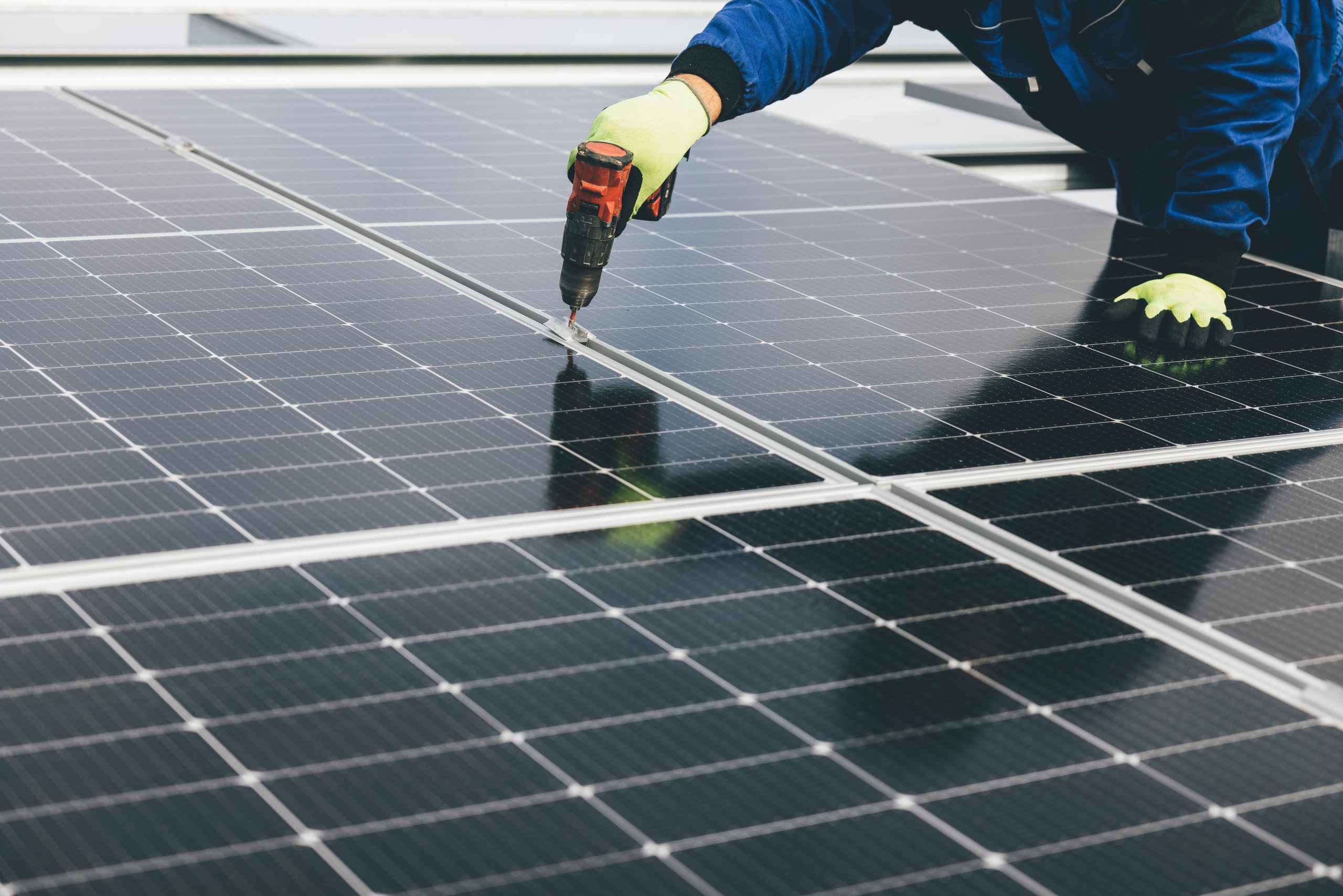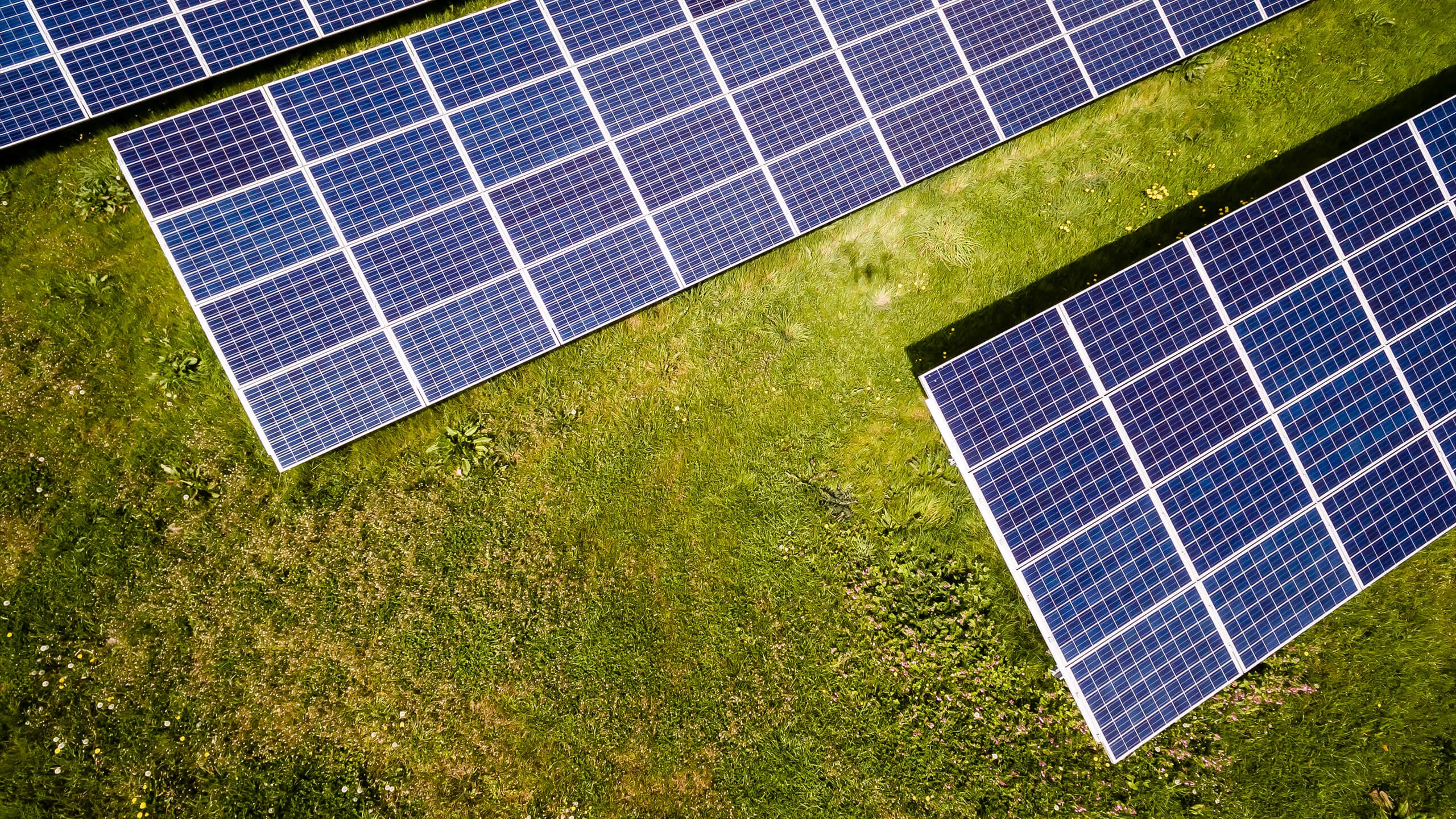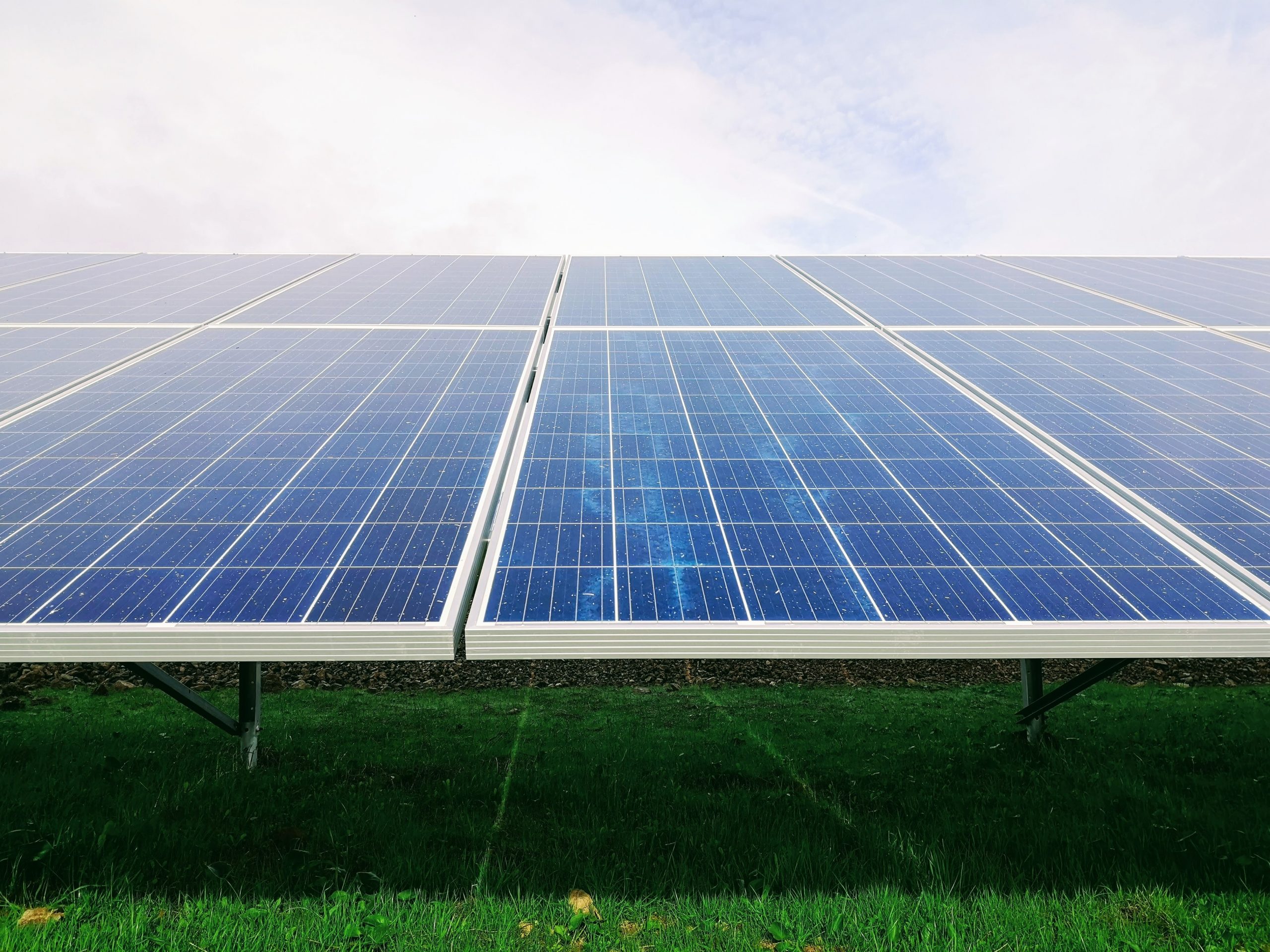In our quest for cleaner and more sustainable sources of energy, solar panels have emerged as a shining star, these remarkable devices are revolutionising the way we generate electricity and reducing our carbon footprint.
But how do solar panels work? What magic lies behind these sleek, shiny surfaces that turn sunlight into usable electricity?
Unravel the science behind solar panels
The Solar Panel Basics
Solar panels, also known as photovoltaic (PV) panels, are composed of numerous solar cells that work in unison to convert sunlight into electricity, these cells are primarily made of semiconductor materials, typically silicon. Silicon’s unique properties make it an ideal candidate for solar cell construction.
The Photovoltaic Effect Of Solar Panels
At the heart of a solar panel’s functionality is the photovoltaic effect, this phenomenon was first discovered by Alexandre-Edmond Becquerel in 1839 and later explained by Albert Einstein in 1905, earning him the Nobel Prize in Physics.
The photovoltaic effect occurs when photons (particles of light) from the sun strike the surface of a solar cell.
These photons transfer their energy to the electrons in the semiconductor material, causing them to break free from their atomic bonds and create an electric current, this flow of electrons is what we refer to as electricity.
Solar Cell Construction
To optimise the photovoltaic effect, solar cells are designed with specific layers and components. Here’s a simplified breakdown of a typical solar cell structure:
- Top Layer (Anti-Reflective Coating): This layer helps reduce light reflection, allowing more photons to enter the cell.
- P-N Junction: Solar cells are composed of two layers, the N-type layer, which has excess electrons, and the P-type layer, which has a deficit of electrons. When photons are absorbed in this junction, they create electron-hole pairs.
- Electrodes: Two metal contacts on the sides of the cell allow the generated electrons to flow as electricity, these electrodes are connected to an external circuit.
- Back Layer: This layer reflects light that passes through the upper layers back into the cell, increasing the chances of photon absorption.
Generating Electricity
Now, let’s follow the path of a photon through a solar cell to understand how electricity is generated:
- Photon Absorption: When a photon hits the cell, it’s absorbed by the semiconductor material, the energy from the photon frees an electron from its atomic bond.
- Electron-Hole Pairs: The freed electron creates an electron-hole pair, the electron moves toward the N-type layer, while the hole moves toward the P-type layer.
- Electric Current: An external circuit connects the electrodes, allowing electrons to flow from the N-type layer to the P-type layer through the circuit, this flow of electrons is the electricity we can use to power our homes and devices.
- Recombination: Electrons and holes can recombine, but this is minimized by the design of the cell. By keeping the layers thin and including anti-reflective coatings, more electrons are encouraged to reach the external circuit.

Efficiency and Power Output
The efficiency of a solar panel is a measure of how effectively it converts sunlight into electricity. Higher-quality solar panels have greater efficiency rates.
Typically, solar panels for residential use have efficiencies ranging from 15% to 22%, while advanced panels used in commercial and industrial applications can exceed 20%.
The power output of a solar panel is determined by its size and efficiency.
Panels are often rated in watts (W) and produce a certain amount of electricity under standard test conditions. For example, a 300W solar panel can generate 300 watts of electricity under optimum conditions.
The Role of Inverters
Solar panels generate direct current (DC) electricity, but most of our electrical devices and the grid operate on alternating current (AC). Inverters are devices that convert the DC electricity generated by solar panels into AC electricity, making it suitable for use in homes and businesses.
Metering and Energy Storage
Solar panels not only provide electricity during the day but can also be connected to the grid or coupled with energy storage solutions.
When excess electricity is generated, it can be fed back into the grid or stored for later use, this way, solar panel owners can reduce their reliance on the grid and even earn credits via FiT (Feed in Tariff) or SEG (Smart Export Guarantee) or savings on their electricity bills.
The Future of Solar Power
As technology advances, the efficiency of solar panels continues to improve, and their purchase cost decreases, this makes solar power an increasingly attractive and accessible energy source.
Innovations in solar panel design, such as thin-film and tandem solar cells, are on the horizon, promising even greater efficiency and affordability.
In conclusion, solar panels work by harnessing the photovoltaic effect to convert sunlight into electricity, their simple yet elegant design makes them a viable and sustainable source of power, helping us reduce our carbon footprint and transition to a cleaner energy future.
With ongoing research and development, the future of solar power looks brighter than ever.
About SES Electrical Contractors
We are reliable electrical contractors which specialise in home battery installations, EV charging setups, and solar panel installations to power your home sustainably.





